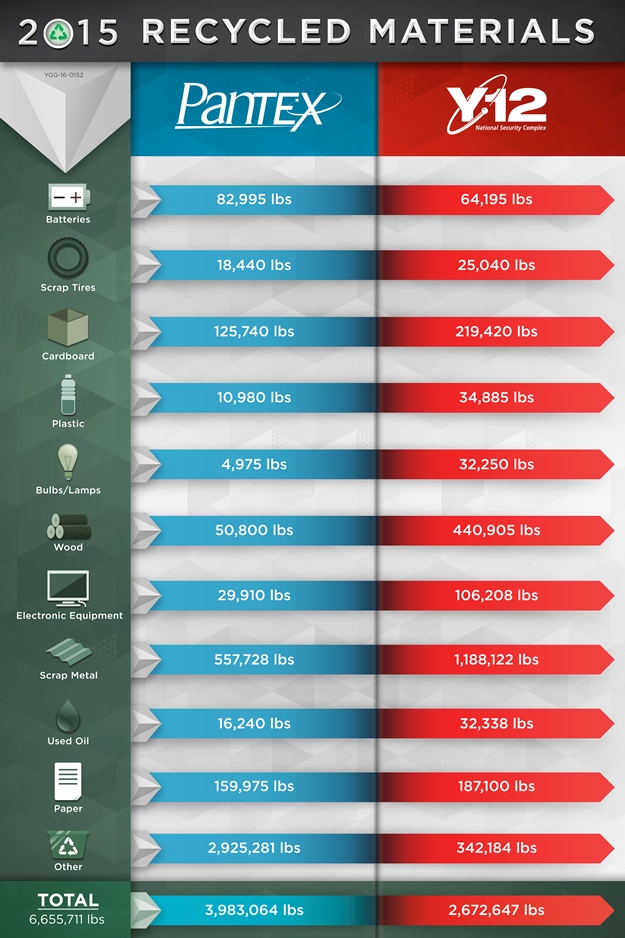Pantex Blog
CNS supports Amarillo Hispanic Chamber of Commerce Fajita Festival
CNS Pantex was a proud sponsor of the Amarillo Hispanic Chamber of Commerce’s 2016 Cinco de Mayo Fajita Festival in downtown Amarillo, where locals enjoyed live music and an entire block of fajita tasting.
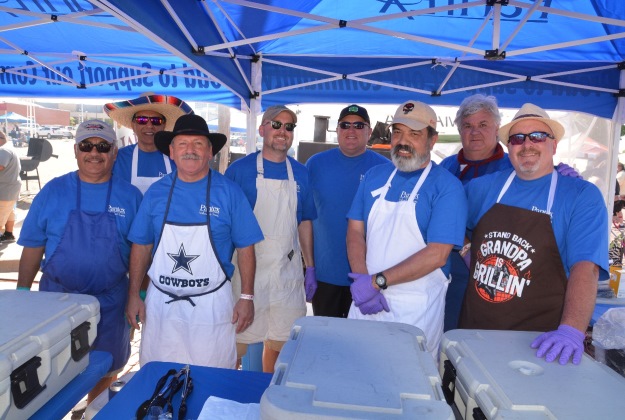
2016 CNS Pantex cook team at Cinco de Mayo Fajita Festival in downtown Amarillo. (From left: Richard Sifuentez, Danny Brito, Stevie Sena, Joshua Gerken, Corey Strickland, John Herrera, Jesse Beyers and Kenny Steward.) Photo by John Ebling.
“I had a great time representing CNS and hanging out with old friends,” said Stevie Sena, Pantex quality operations. “It was work, but I got to visit with good people while handing out food.”
Pantex cook team volunteers spent the day making fresh pico de gallo and testing their grilling skills in hopes of creating the best fajitas on the block. Although the team didn’t place in this year’s competition, everyone enjoyed the experience.
“Even though the judges disagreed, I believe our fajitas were the best!” said Corey Strickland, Pantex deputy plant manager. “It was an honor to be part of the team and fun to be part of celebrating the Mexican-American culture.”
The fajita festival is just one of the many Amarillo Hispanic Chamber of Commerce events CNS participates in throughout the year.2016 CNS Pantex cook team at Cinco de Mayo Fajita Festival in downtown Amarillo. (From left: Richard Sifuentez, Danny Brito, Stevie Sena, Joshua Gerken, Corey Strickland, John Herrera, Jesse Beyers and Kenny Steward.) Photo by John Ebling.
“I had a great time representing CNS and hanging out with old friends,” said Stevie Sena, Pantex quality operations. “It was work, but I got to visit with good people while handing out food.”
Pantex cook team volunteers spent the day making fresh pico de gallo and testing their grilling skills in hopes of creating the best fajitas on the block. Although the team didn’t place in this year’s competition, everyone enjoyed the experience.
“Even though the judges disagreed, I believe our fajitas were the best!” said Corey Strickland, Pantex deputy plant manager. “It was an honor to be part of the team and fun to be part of celebrating the Mexican-American culture.”
The fajita festival is just one of the many Amarillo Hispanic Chamber of Commerce events CNS participates in throughout the year.
Pantex Celebrates EMS Professionals Week
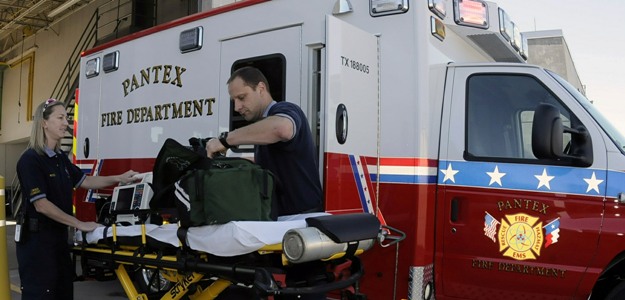
Firefighter/Paramedics Nikki Weiss, left, and Chard Zarback prepare to load equipment into one of two new ambulances recently acquired by the Pantex Plant.
All firefighters at Pantex are trained as Emergency Medical Technicians and many are Paramedics, qualified to perform advanced life support operations in the new ambulances. Pantex maintains fire and ambulance crews on standby 24 hours a day to respond to plant emergencies and to assist surrounding municipalities through mutual aid agreements.
This week is National Emergency Medical Services Professionals Week, which was started in 1974 by President Gerald Ford to recognize the service of EMS professionals to their communities. Pantex hosted a cookout Friday to honor Fire Department personnel in advance of EMS Professionals Week.
Earth Day, every day in many ways
Employees at both sites also donated gently used athletic shoes to the MORE Foundation Group to assist in fighting poverty, hunger and global warming. See more photos from Earth Day below.
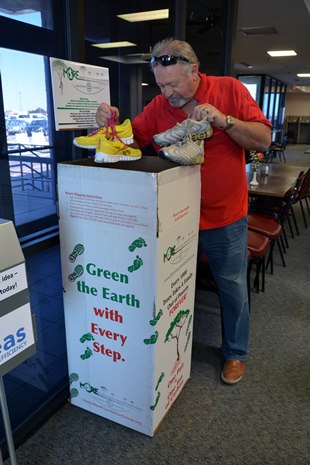
An employee at Pantex donates used athletic shoes to the MORE Foundation Group as part of Earth Day observances on site.

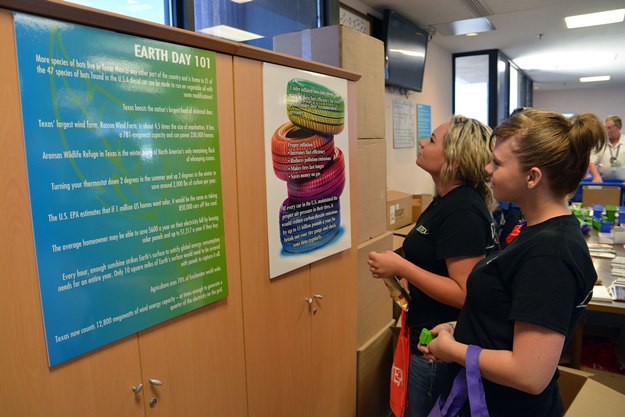
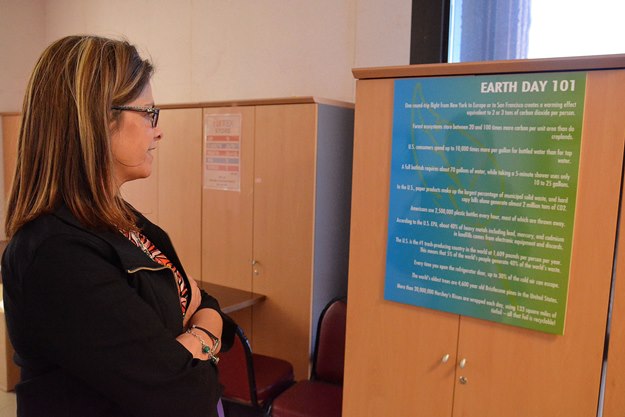
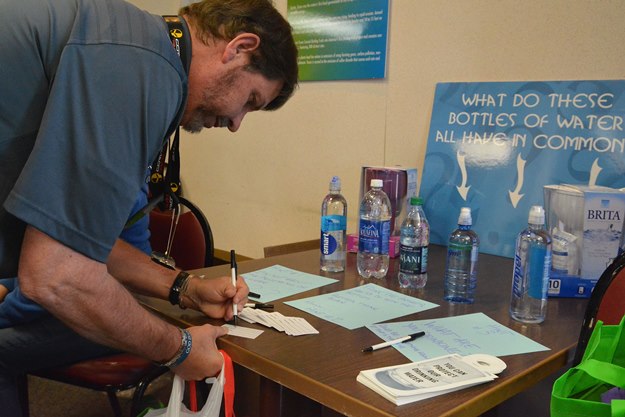
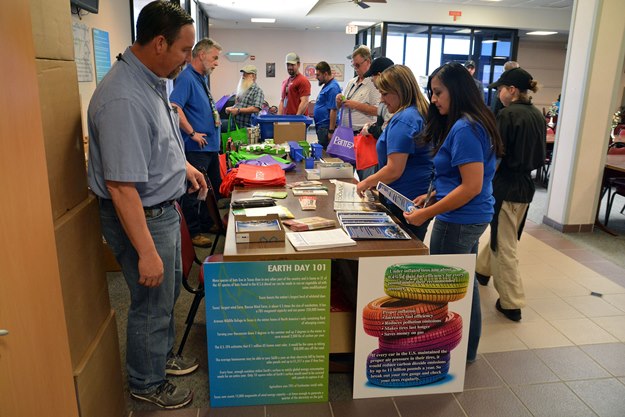
Pantexans support the 2016 United Way of Amarillo and Canyon Day of Caring
Teams from a variety of large and small businesses throughout Amarillo, including Consolidated Nuclear Security (CNS), students from Amarillo Independent School District and a few caring individuals gathered to support the 2016 United Way Day of Caring.
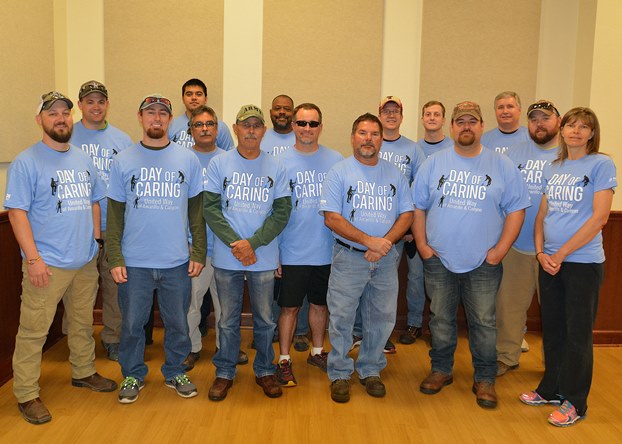
Pantex team members gather at the United Way Day of Caring event. From left: Thomas Hunt, Jared Taylor, Allen Fowler, Francisco Ramirez, Willie Gomez, Sebern Groves, Maurice Austin, Nate Henderson, Johnny Cox, Kyle Owens, Reid Copelin, Bradley Appier, Mark Heckman, Andy Blalock and Vickie Hook.
Fifteen Pantexans dispersed into three teams of five to help the Texas Ramp Project build wheelchair ramps for disabled or elderly individuals throughout Amarillo. A few of the men from the Pantex carpentry shop jumped right in to run the saw, level a board and teach other team members how to perfectly align a hand rail.
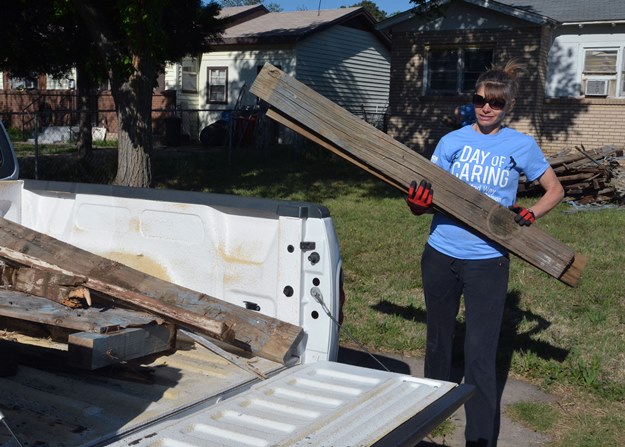
Pantex employees donate labor to help those in need during the United Way Day of Caring.
“It always feels good to help those in need. Doris’s [ramp recipient] face lit up when she saw the finished ramp,” said Thomas Hunt, Pantex Instrument Shop supervisor. “It was fun to build some camaraderie with other employees I don’t encounter on a daily basis at work. I’m glad that we work somewhere that afforded us the opportunity to help out the community.”
After each team completed its build, the teams split into groups of two or three and headed to separate locations where they painted ramps built a few weeks prior.
In total, CNS Pantex was able to help build three ramps and paint five additional ramps to support the missions of the United Way of Amarillo and Canyon’s 2016 Day of Caring and the Texas Ramp Project.
Celebrating Earth Day every day
Consolidated Nuclear Security, LLC (CNS) celebrates Earth Day every day by recycling everything from regular office paper to electronic equipment and scrap metal. In 2015, employees at Pantex and Y-12 recycled more than 6 million pounds of materials, demonstrating their commitment to environmental stewardship.
